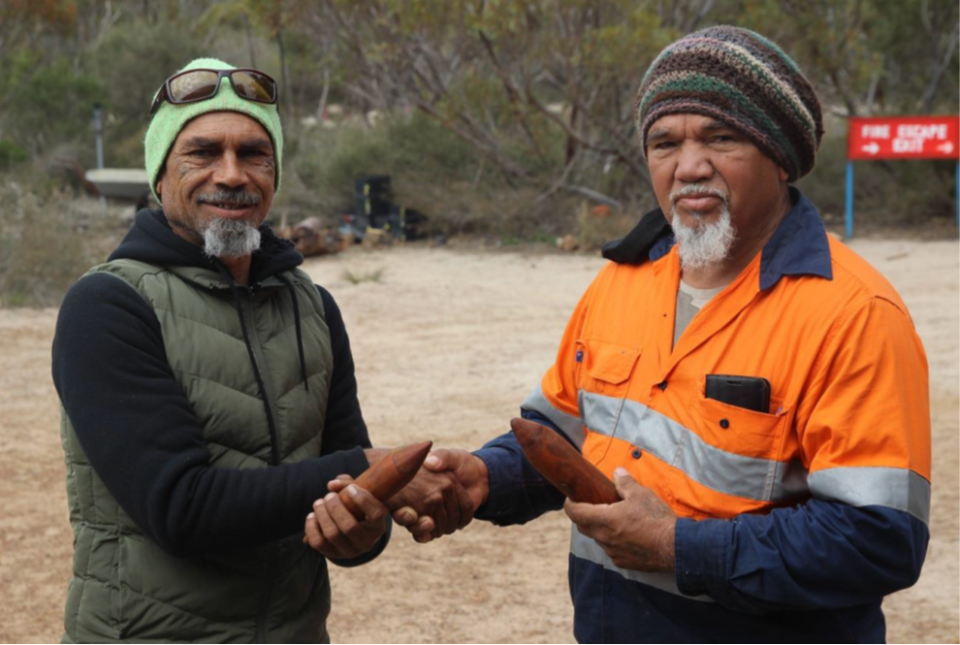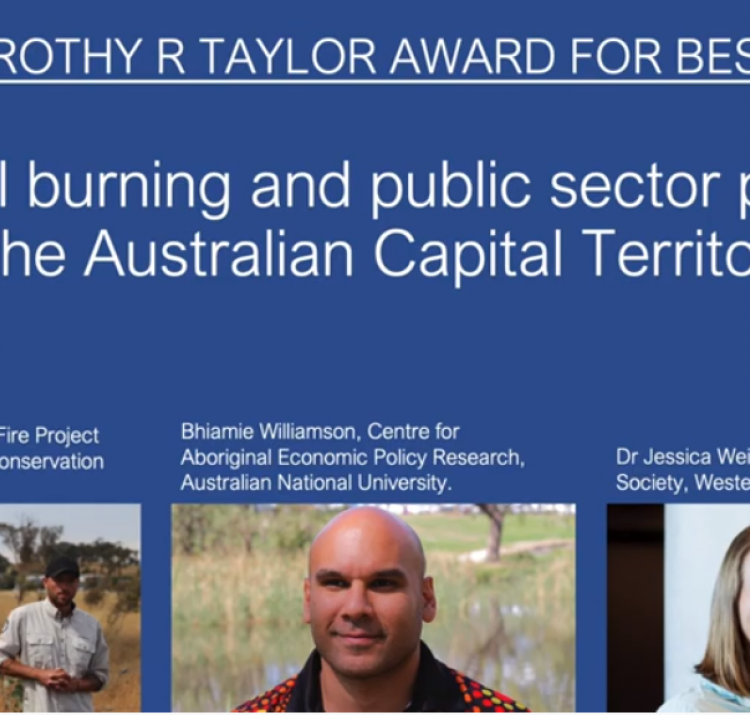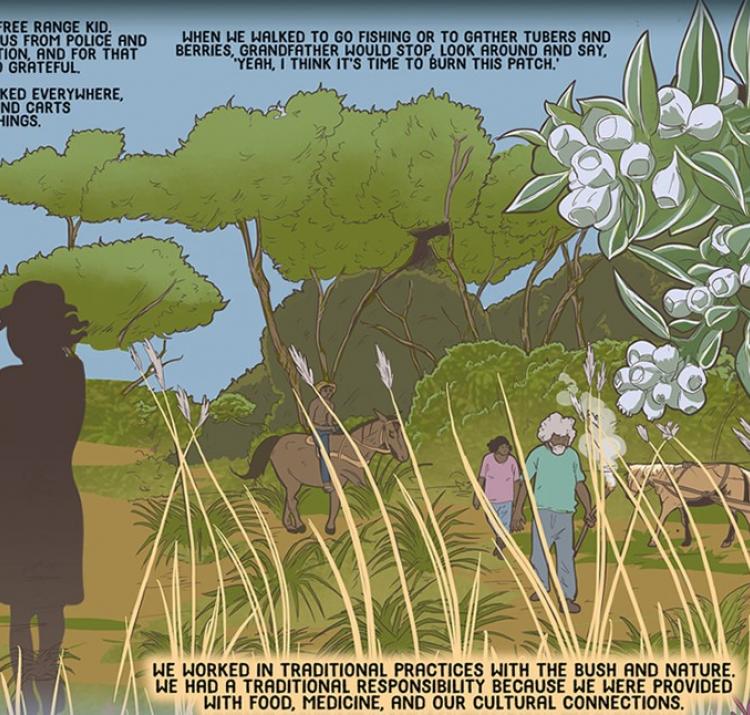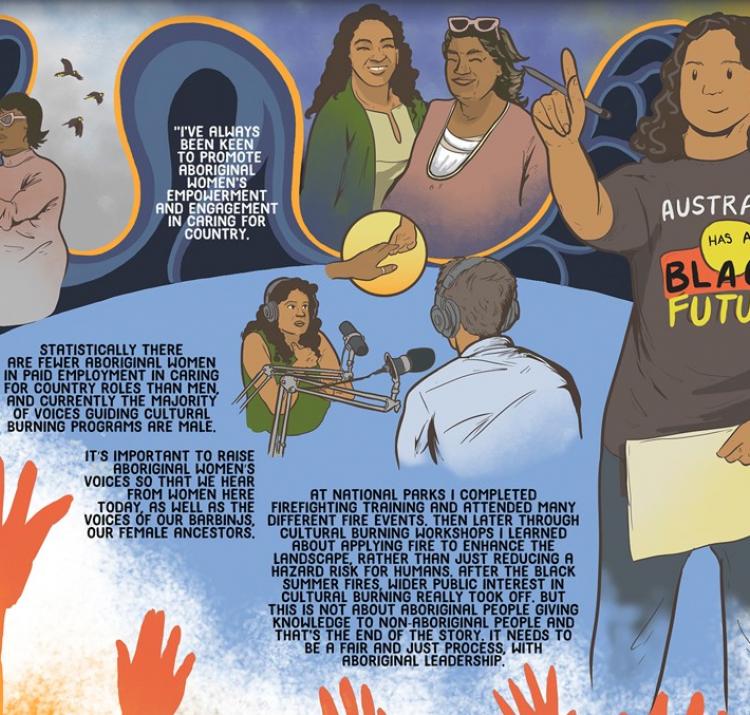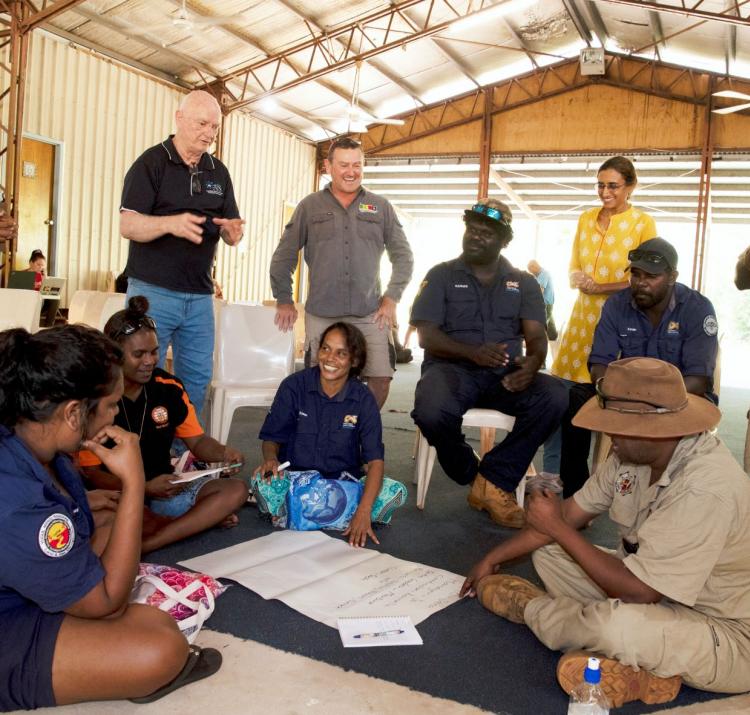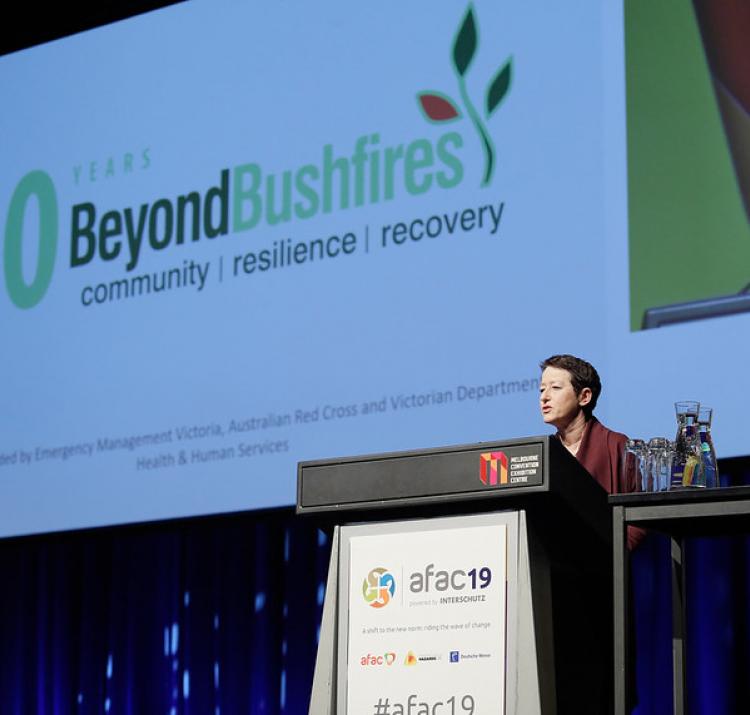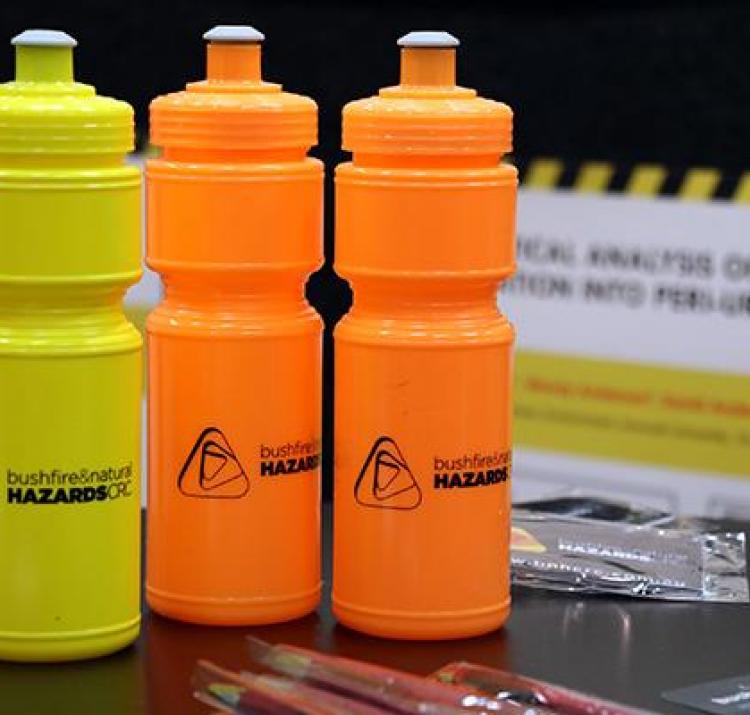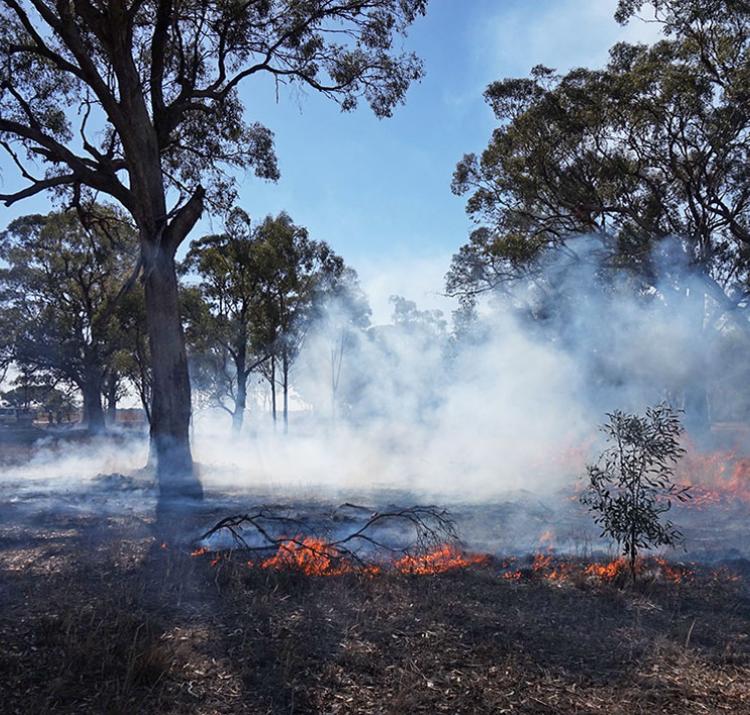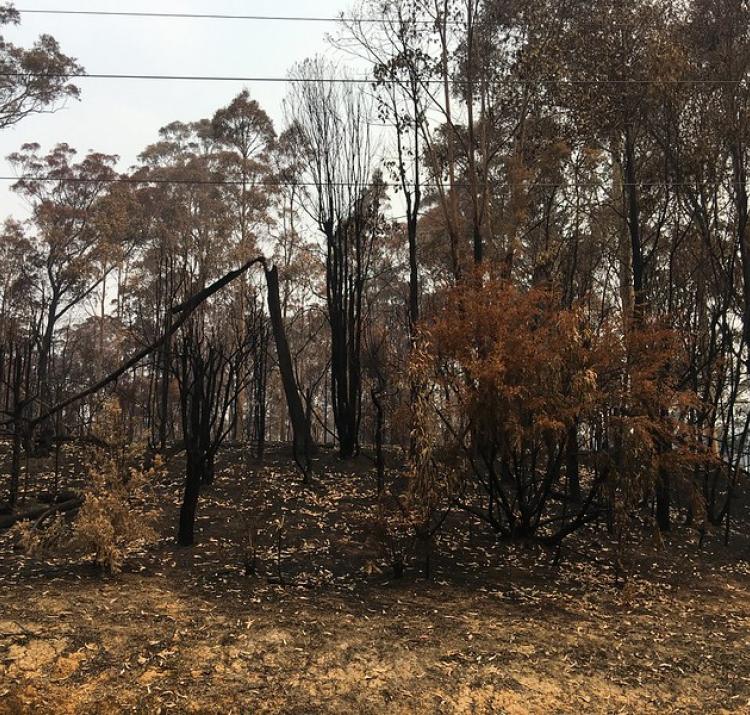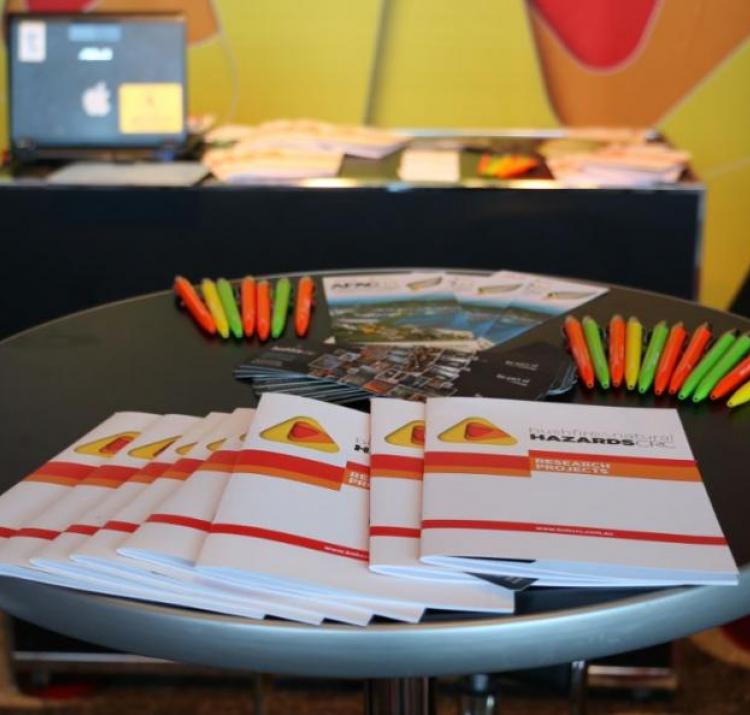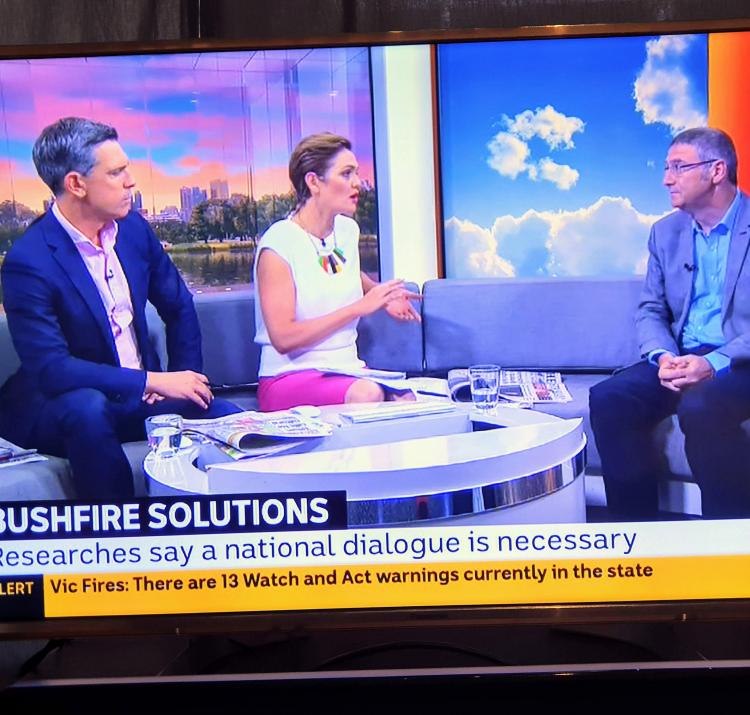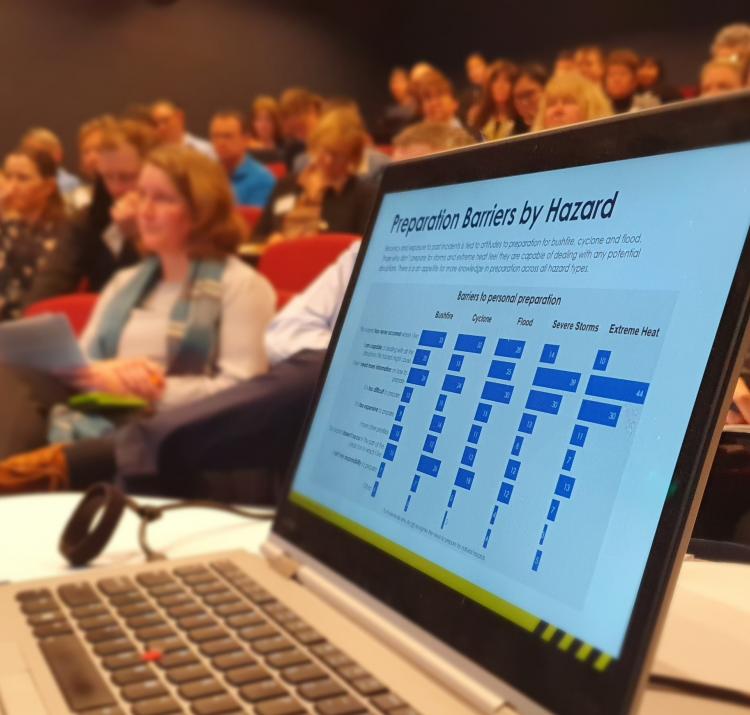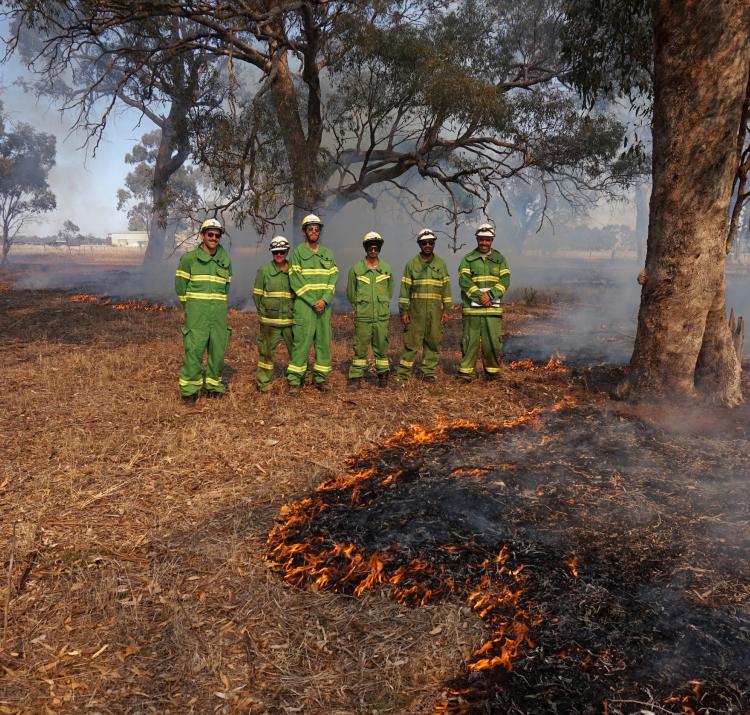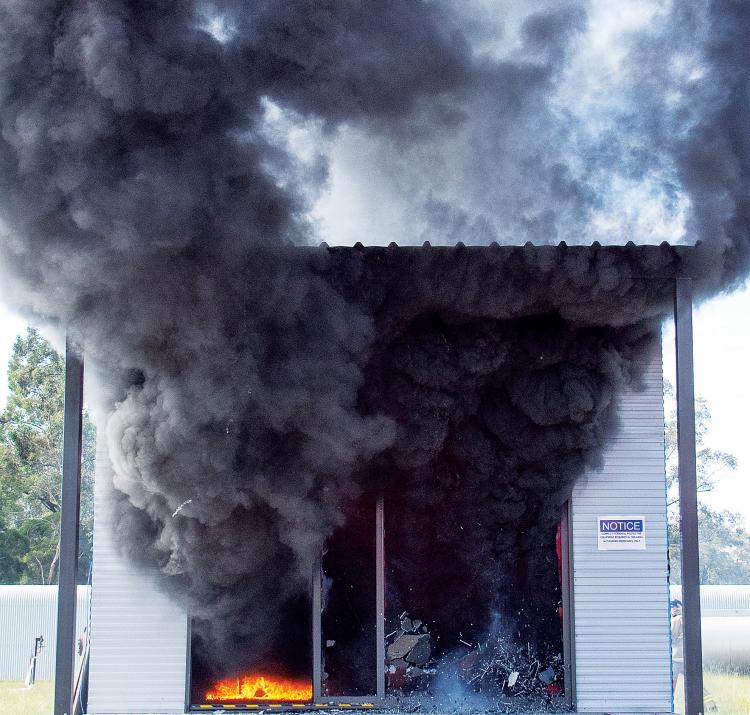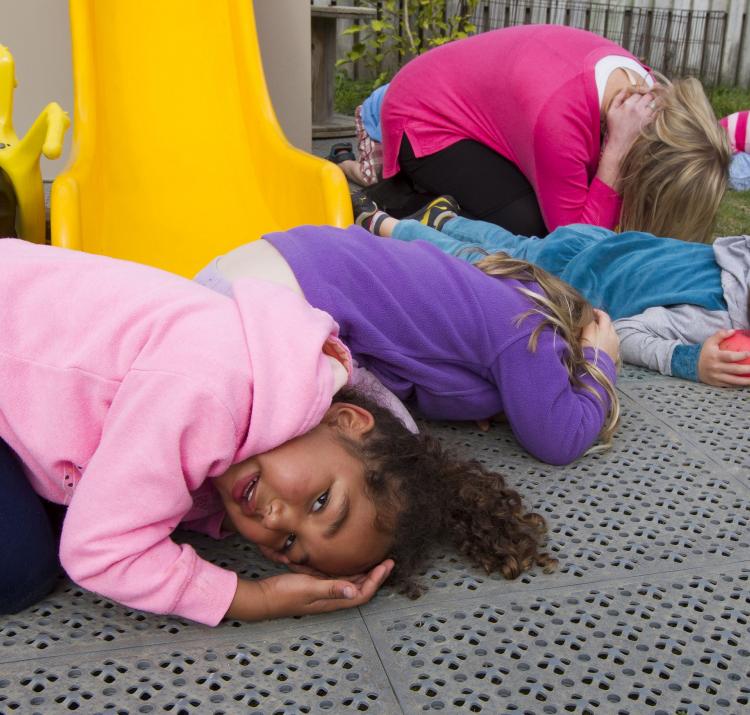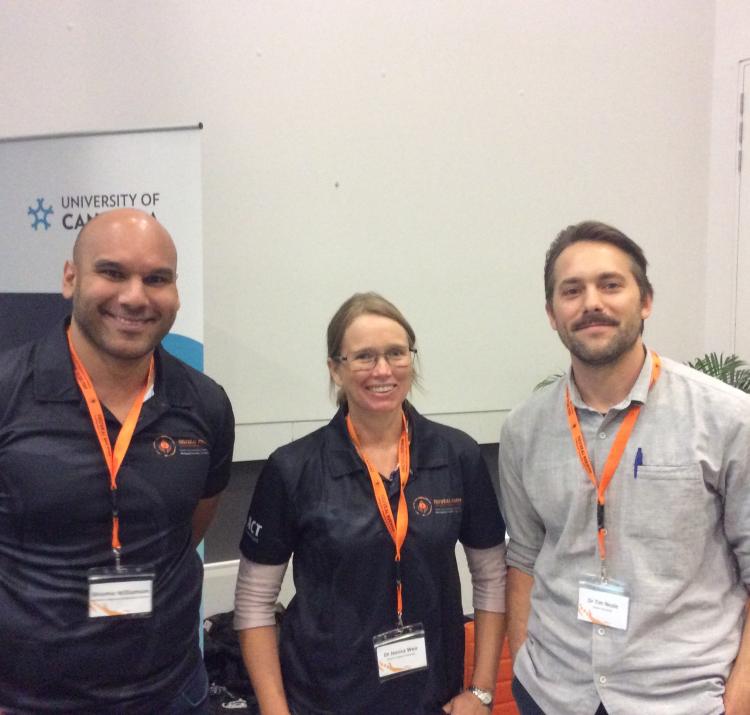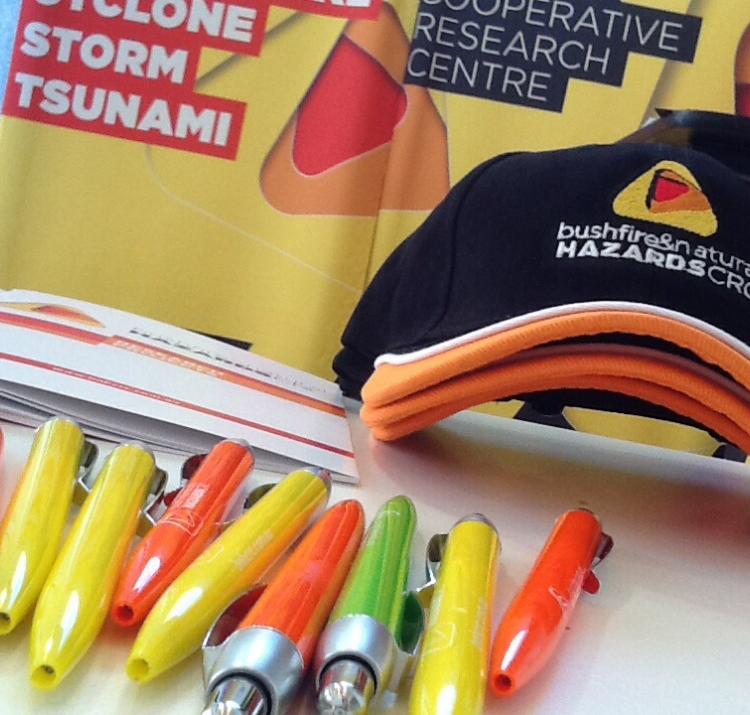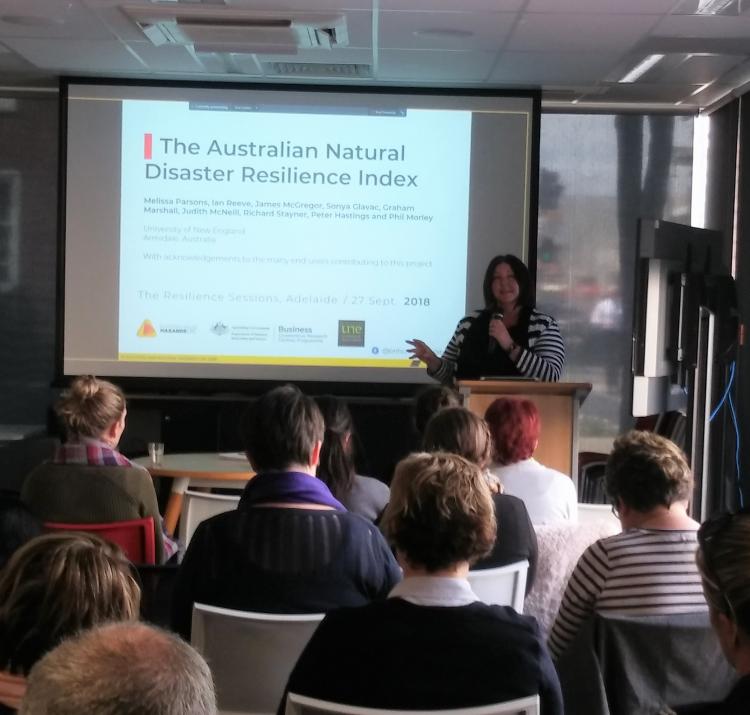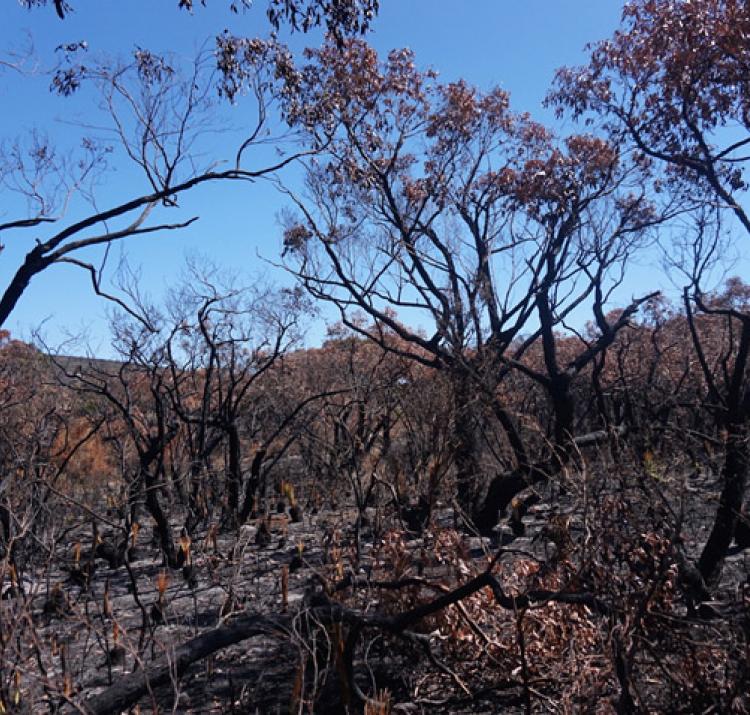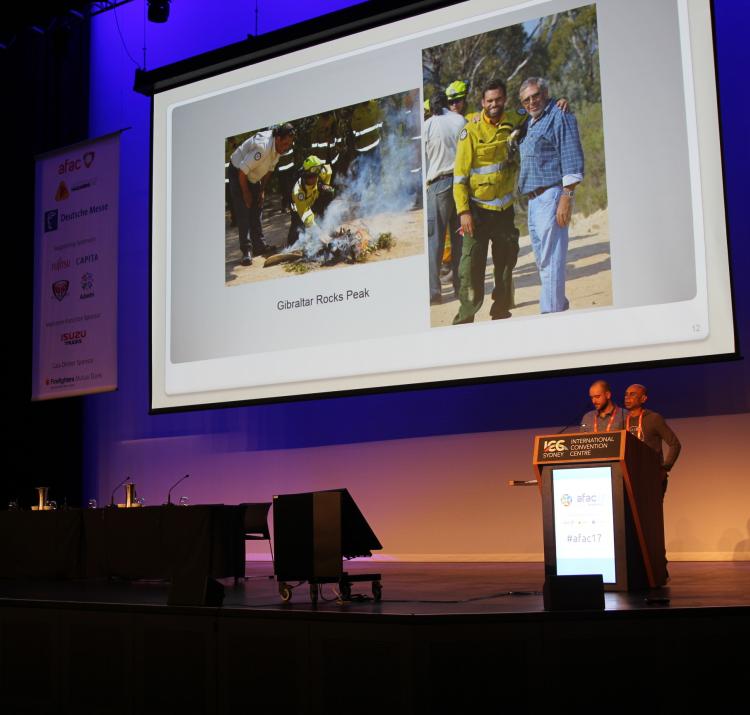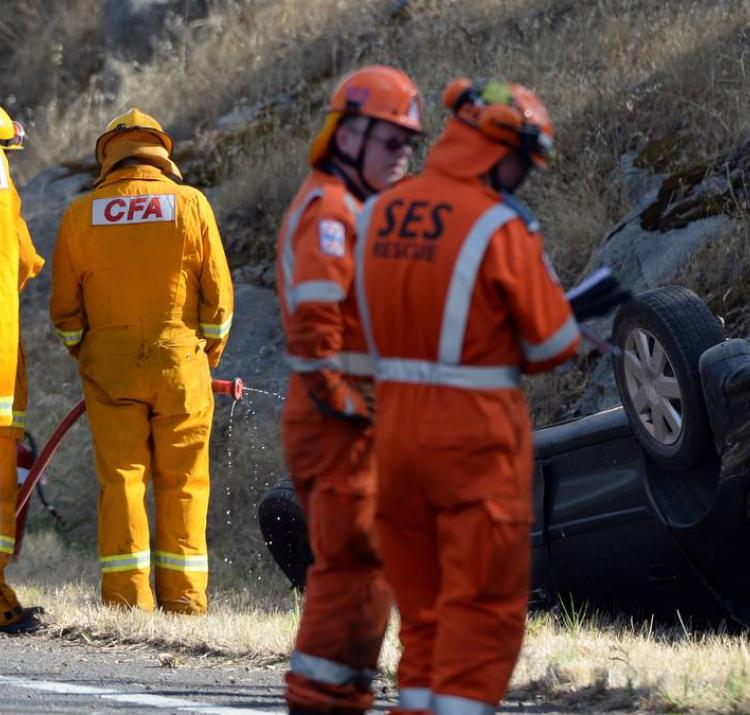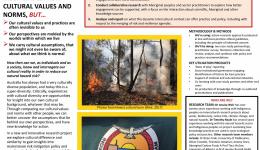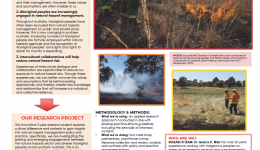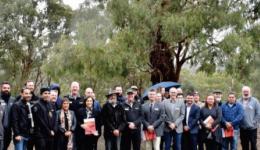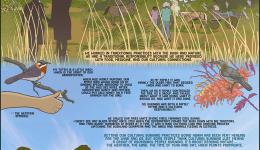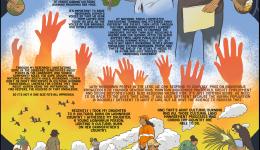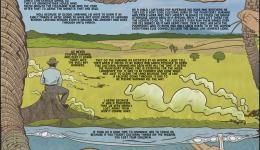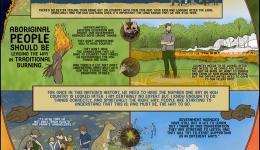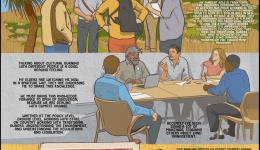Research leader
Research team
End User representatives
This project considered the challenges and opportunities arising out of engagements between Indigenous peoples and natural hazard and land management government agencies in southern Australia. The majority of this activity has focused on cultural burning, which has also been our focus.
Significantly, there is very limited existing research about these engagements, and limited public sector experience in engaging with Indigenous peoples. This constrains evidenced-based policy and practice and practitioner decision making. This lack of capacity was clear in the responses to the 2019-20 bushfires.
The research team undertook qualitative research, primarily through forming partnerships with key practitioners working in this space and undertaking research activities that iteratively learnt from these partnerships. In this, researching both Indigenous and non-indigenous values has been important in order to navigate and analyse this intercultural context.
The research findings are structured in two sections: the first presents the results from our literature review, the second presents a synthesis of the research findings arranged under six headings (unfamiliarity with the context itself, trust and partnerships, centring Country and First Peoples, administration and regulation, expert evidence and erasure, accounting and reporting), with recommended first steps for the natural hazard sector under each heading. Given previous sector and research practices, the suggested first steps require significant sector leadership and investment in Indigenous-led research.
View the Cultural burning in southern Australia illustrated booklet and posters
| Year | Type | Citation |
|---|---|---|
| 2021 | Journal Article | Cultural burning and public sector practice in the Australian Capital Territory. Australian Geographer (2021). doi:https://doi.org/10.1080/00049182.2021.1917133 |
| 2021 | Journal Article | Persuasion without policies: The work of reviving Indigenous peoples’ fire management in southern Australia. Geoforum 120, 82-92 (2021). |
| 2021 | Report | Principles for enhanced collaboration between land and emergency management agencies and Indigenous peoples - green paper. (Bushfire and Natural Hazards CRC, 2021). |
| 2021 | Report | Hazards, culture and Indigenous communities – final project report. (Bushfire and Natural Hazards CRC, 2021). |
| 2021 | Report | Cultural burning in southern Australia. (Bushfire and Natural Hazards CRC, 2021). |
| 2020 | Book Chapter | Natural Hazards and Disaster Justice: Challenges for Australia and Its Neighbours 299-317 (Palgrave Macmillan, 2020). doi:https://doi.org/10.1007/978-981-15-0466-2_16 |
| 2020 | Report | Hazards, culture and Indigenous communities – annual report 2018-2019. (Bushfire and Natural Hazards CRC, 2020). |
| 2020 | Report | Aboriginal Peoples and the response to the 2019-2020 bushfires. (Centre for Aboriginal Economic Policy Research, Australian National University, 2020). doi:https://doi.org/10.25911/ 5e7882623186c |
| 2020 | Report | Hazards, culture and indigenous communities: socio-institutional modules for utilisation. (Bushfire and Natural Hazards CRC, 2020). |
| 2019 | Journal Article | Walking together: a decolonising experiment in bushfire management on Dja Dja Wurrung country. Cultural Geographies 1, (2019). |
| 2019 | Report | Fire in the south: a cross-continental exchange. (Bushfire and Natural Hazards CRC, 2019). |
| 2019 | Report | Hazards, Culture and Indigenous Communities Annual Report 2017-2018. (Bushfire and Natural Hazards CRC, 2019). |
| 2018 | Journal Article | The natural hazard sector's engagement with Indigenous peoples: a critical review of CANZUS countries. Geographical research (2018). doi:10.1111/1745-5871.12314 |
| 2018 | Report | Southeast Australia Aboriginal fire forum. (Bushfire and Natural Hazards CRC, 2018). |
| 2017 | Conference Paper | Research proceedings from the 2017 Bushfire and Natural Hazards CRC and AFAC Conference. Bushfire and Natural Hazards CRC & AFAC annual conference 2017 (Bushfire and Natural Hazards CRC, 2017). |

